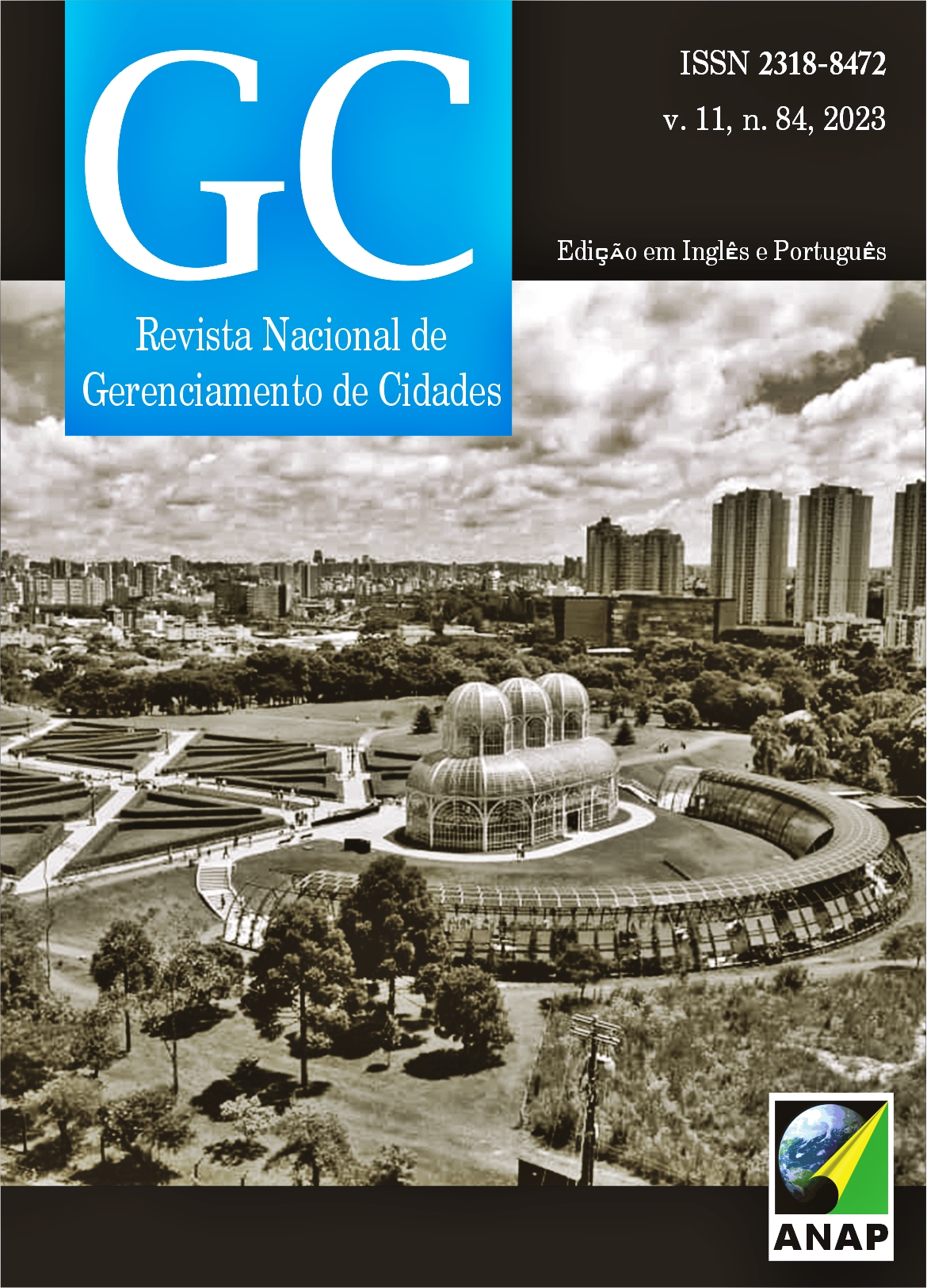Thermal aspects of living walls: a review on the influence of different structural materials and plant species
DOI:
https://doi.org/10.17271/23188472118420234693Palavras-chave:
Vertical garden, Living wall system, Thermal efficiencyResumo
The use of living walls, a type of vertical garden, promotes the reduction of surface temperatures in buildings, and the choice of the appropriate plant species can contribute to optimizing the passive cooling of buildings. To better understand this issue, this study aimed to evaluate the thermal performance of living walls. For this purpose, a systematic review was conducted in the Scopus database using the keywords 'green wall, living wall, vertical garden, and 'thermal performance' present in the titles of articles, in the time frame from 2011 to 2021, and in the fields of architecture and urbanism; engineering; environmental science; agriculture; and biological sciences. Sixty-seven articles were identified, and after screening for articles relevant to the topic, 29 were selected. The analysis of the results showed that the layers, the type of material (PVC and felt), and the species used influence the system's performance. Regarding the species, only 11 articles identified the names, and only 4 evaluated the thermal performance of each one. The PVC-type structure proved to be more efficient, with a longer lifespan and durability of vegetation, as it provides a larger area for root development.
Downloads
Downloads
Publicado
Como Citar
Edição
Seção
Licença

Este trabalho está licenciado sob uma licença Creative Commons Attribution-NonCommercial-ShareAlike 4.0 International License.










